Healthy and delicious, espencat is a roasted vegetable dish that works well as an appetizer, side dish, or even a salad of sorts.
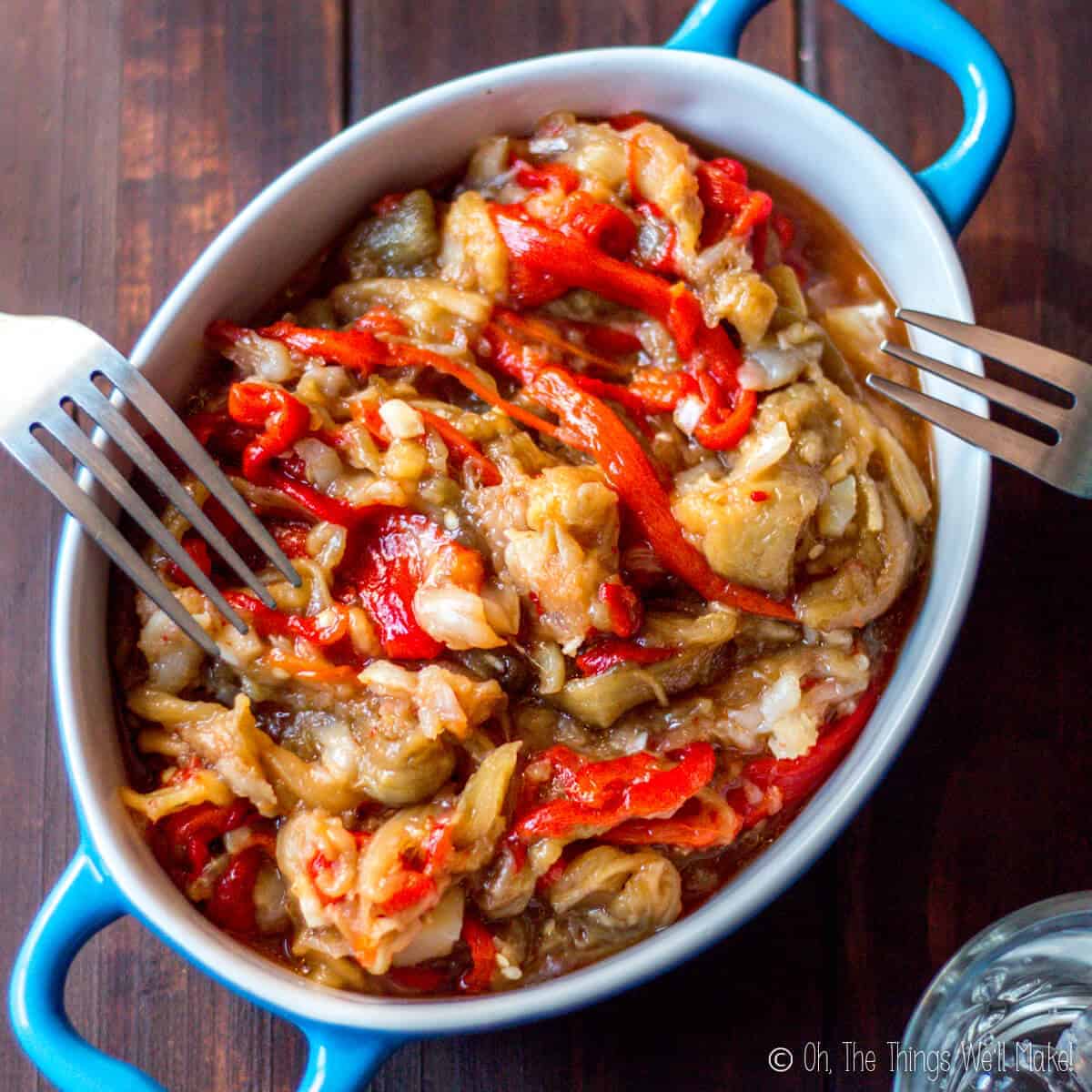
Especially popular in the region of Valencia in Spain, espencat is a versatile roasted vegetable dish. It can be served alone, on toast, or as a garnish for green salads or other dishes.
Not only is it served in a variety of ways, but it is popular year-round. In summer, it is normally served cold or at room temperature, while in winter, it may be served slightly warm.
Its name comes from the Valencian word “espencar,” which means to break up into pieces or, in this case, strips.
Ingredients
The main ingredients of espencat are eggplants and red peppers. To add extra flavor, minced or finely sliced garlic is also usually added. The final dish is also normally drizzled with some olive oil.
To add a touch of saltiness, salted cod is often added to the dish. Other salty fish, like anchovies, can also be added instead.
If choosing not to add a salty fish, though, regular sea salt can also be added, to taste.
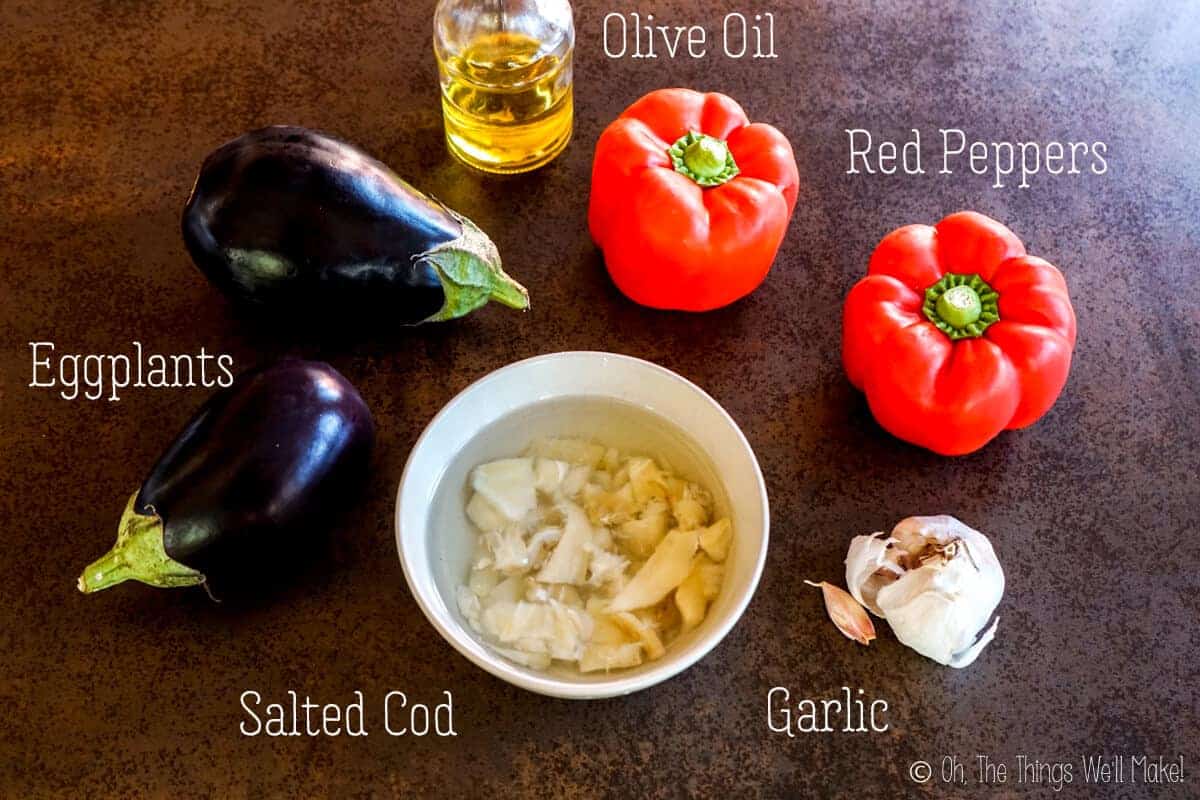
Procedure
Roast the red peppers and eggplants under the broiler of the oven or over a flame. For more detailed instructions on how to roast the vegetables, see my post on how to roast red peppers.
Meanwhile, rinse the salt off the cod. Then place the cod in a bowl with water and allow it to soak while the peppers are roasting. This helps reduce the salt content.
I like to leave the salted cod on the salty side to add flavor to the dish. Some people prefer to soak the cod for several hours, though, changing the water occasionally to further reduce the amount of salt.
Once roasted, peel the peppers and eggplants. Remove the seeds from the red peppers. If the eggplants that you are using have any large seeds, remove those too.
Add any juice from the red peppers to a serving bowl or storage container, straining out the seeds.
Making thin strips
Using your fingers, make thin slices of peppers and eggplants and add them to the bowl with the liquid.
To easily make the thin strips, press your finger or thumb into the pepper, making a hole. Then pull the pepper open from the hole.
Once the roasted vegetables have been pulled into thin pieces, mix them together.
Break the salted cod into small pieces and add the pieces to the roasted vegetable mix.
Finely slice or mince the garlic, and add it to the dish.
Drizzle some olive oil over it all and mix everything together. You can serve it immediately or store it in the fridge for several hours to allow the flavors to meld.
How long does it keep?
When stored in the fridge, espencat should keep well for several days. I like to make it ahead to have an easy vegetable side ready for meals.
Variations: Esgarraet, Escalivada, y Torrat
There are a variety of similar roasted vegetable dishes with different names. The subtle differences between them depend on the region and the language being used.
Esgarraet
Esgarraet normally only uses roasted red pepper and doesn’t use roasted eggplant. Otherwise, it’s pretty much exactly the same.
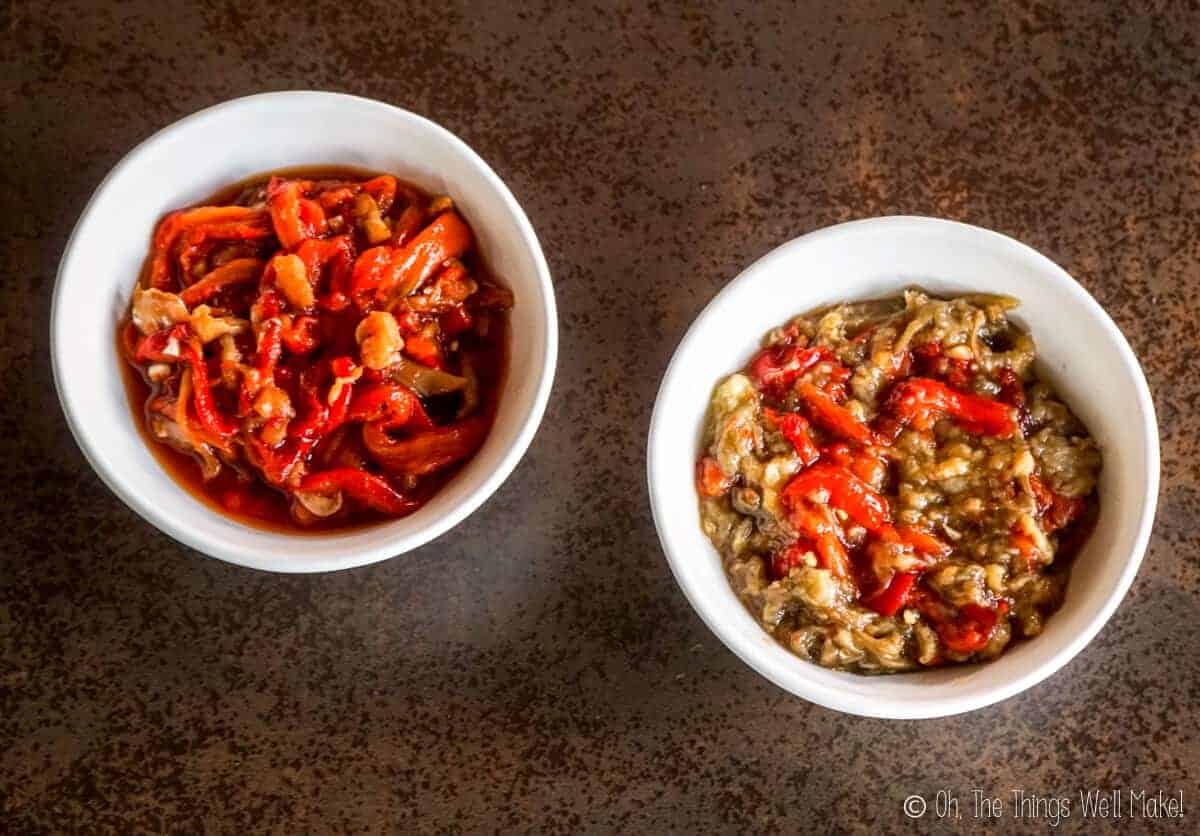
Escalivada (Torrat)
Escalivada is another variation of the dish. Its name comes from the word “escalivar,” which means “to roast” in Catalán. In my city, it is normally called “torrat,” which comes from the word “torrar,” “to toast,” in Valenciano.
Escalivada is similar to espencat, but normally adds other vegetables like thinly sliced onion and/or tomato. The tomatoes and onions may be added roasted or raw. It doesn’t usually have salted cod, but may have tuna fish or bonito.
Serving ideas
Espencat and its variants can be served on their own, as a tapa, or as a garnish to other dishes.
They can be served cold, at room temperature, or even slightly warm. It’s typical to serve them cooler in the summer, and warmer in the colder months.
One of the restaurants we frequently go to serves an escarole salad covered in espencat, pomegranate seeds and bonito fish.
These roasted vegetables mixes are also often served atop toast or on cocas, a regional snack that looks like a small pizza without the cheese.
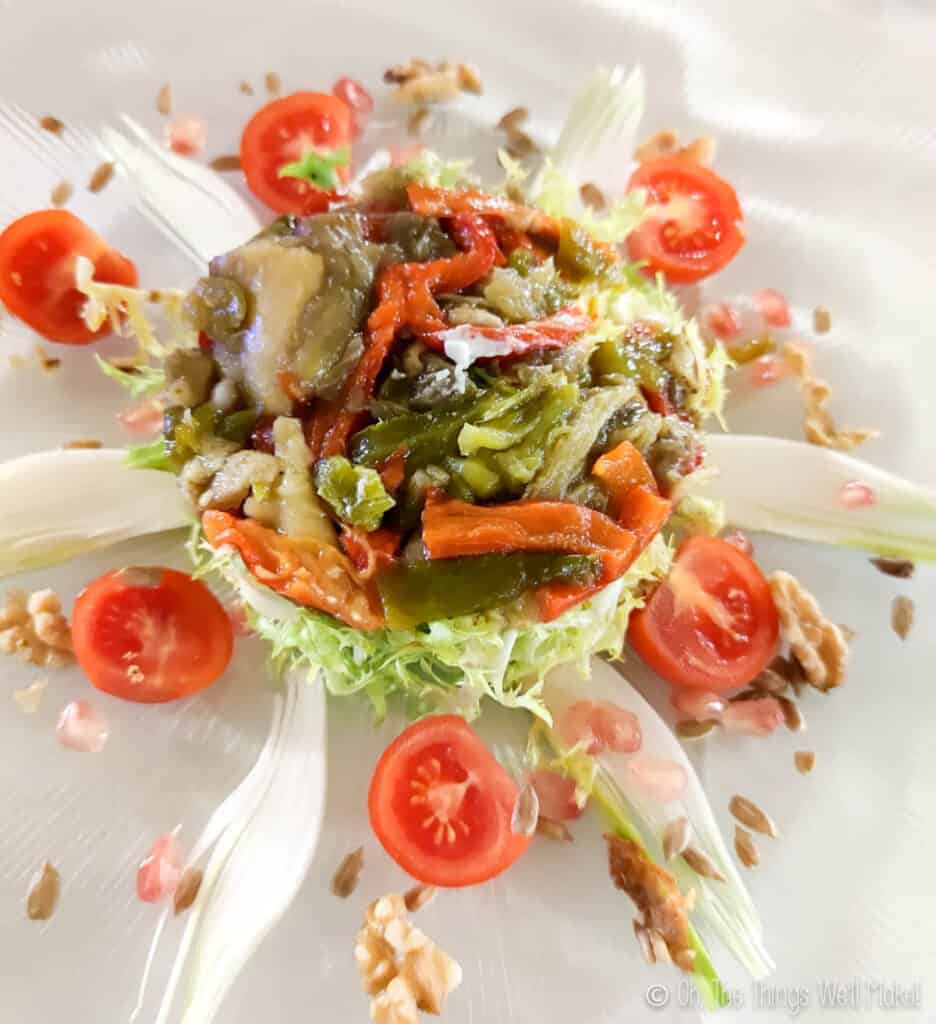
Salad with espencat 
Cocas Valencianas 
Esgarraet on toast
Video
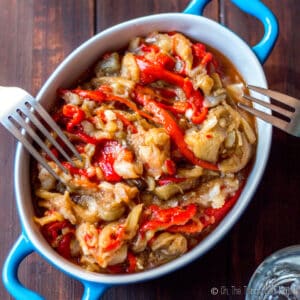
Espencat
Ingredients
- 2 eggplants
- 2 red peppers
- 2 cloves garlic
- 100 g salted cod
- 1 tablespoon olive oil
Instructions
- Rinse an excess salt off the cod. Then place the cod in a bowl with water and allow it to soak while the peppers are roasting.
- Roast the red peppers and eggplants, with their skins on, under the broiler of the oven or over a flame. Turn, as needed, until the outer skin has blackened all over.
- Once roasted, peel the peppers and eggplants. Remove the seeds from the red peppers. If the eggplants you are using have any large seeds, remove those too.
- Add any juice from the red peppers to a bowl, straining out the seeds.
- Using your fingers, make thin slices of peppers and eggplants and add them to the bowl with the liquid from the peppers. To make the thin slices, press your finger into the center of a thick strip of pepper, making a hole. Then pull the pepper open from the hole.
- Once the roasted vegetables have been pulled into thin pieces, mix them together.
- Break the salted cod into small pieces and add them to the roasted vegetable pieces.
- Mince or thinly slice the garlic, and add it to the vegetable mixture.
- Drizzle some olive oil over the mixture.
- Mix everything together. Taste, and add salt, as needed. (If you are using the salted cod or another salty fish, you may not need to add any salt.)
- Either serve immediately or store, covered, in the fridge until you are ready to use it. Making it ahead of time also allows the flavors to meld.
Notes
Serving suggestions:
Serve alone or over salads. It can also be spread on toast bruschetta-style. Espencat is also delicious when served over pizza dough and baked in the oven.Variations:
In different regions, this is made in different ways and is given other names (like escalivada, torrat, or esgarraet). It can be made with only red peppers, or can be made with the addition of onions and/or tomato. (Either can be added roasted or raw.) If not choosing to use salted cod, other salty fish can be used in its place. Salt-cured anchovies or tuna fish both work well. You can also omit the salty fish and add salt, to taste, for a vegan version of the dish.
 Español
Español
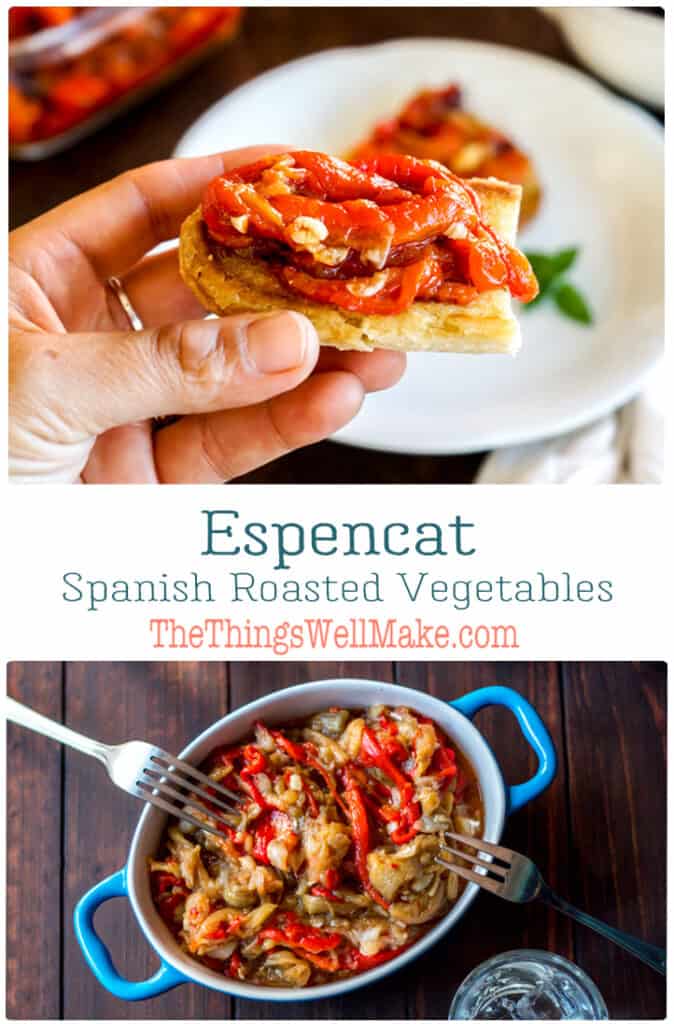
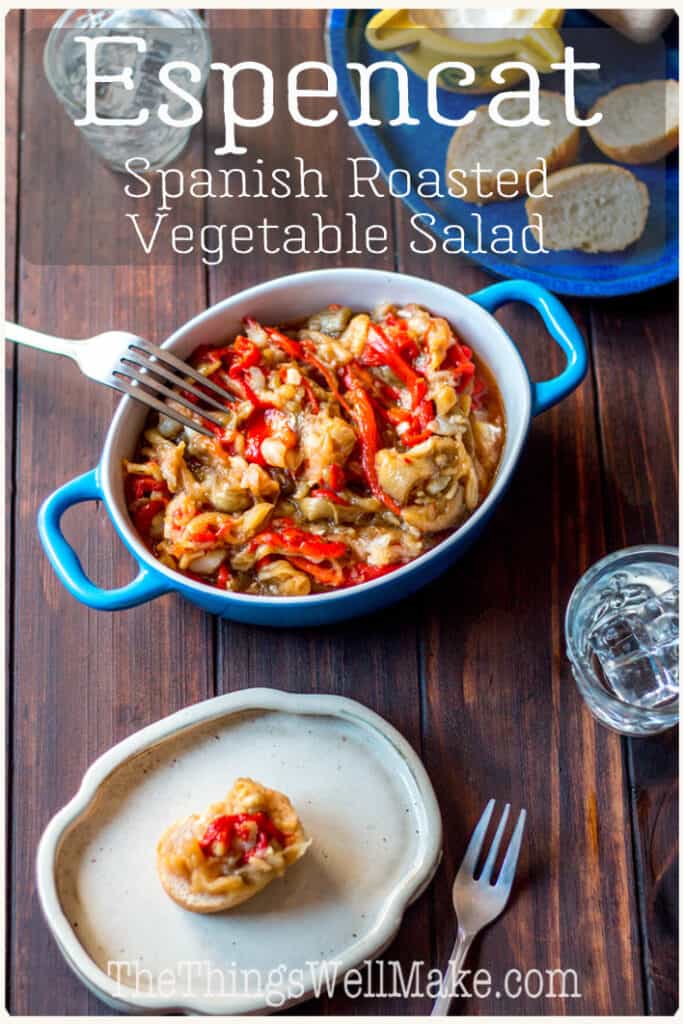
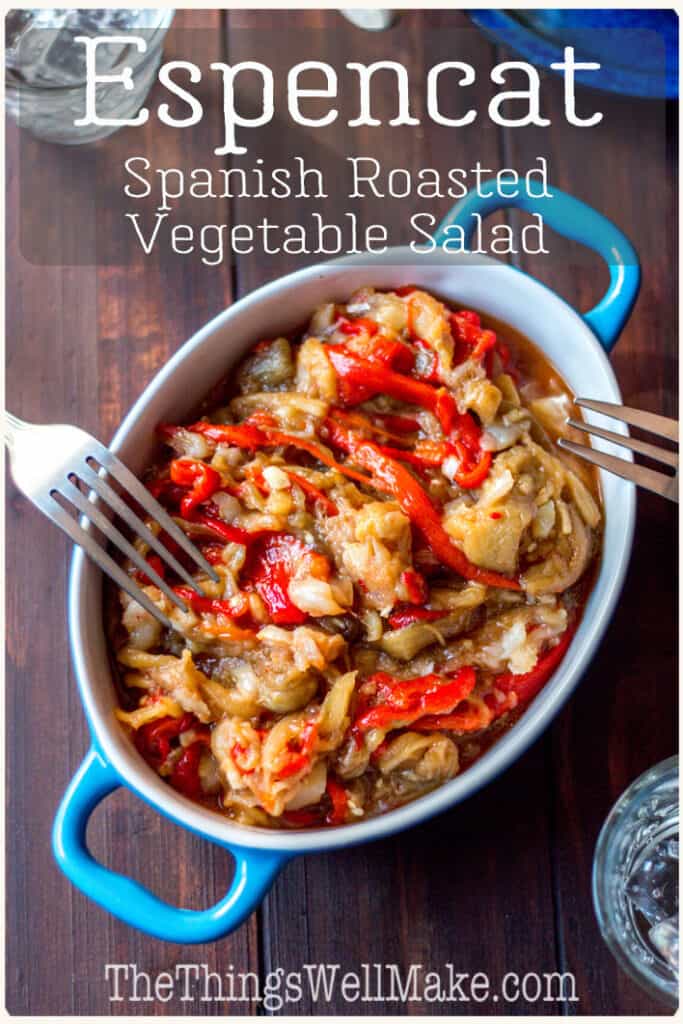
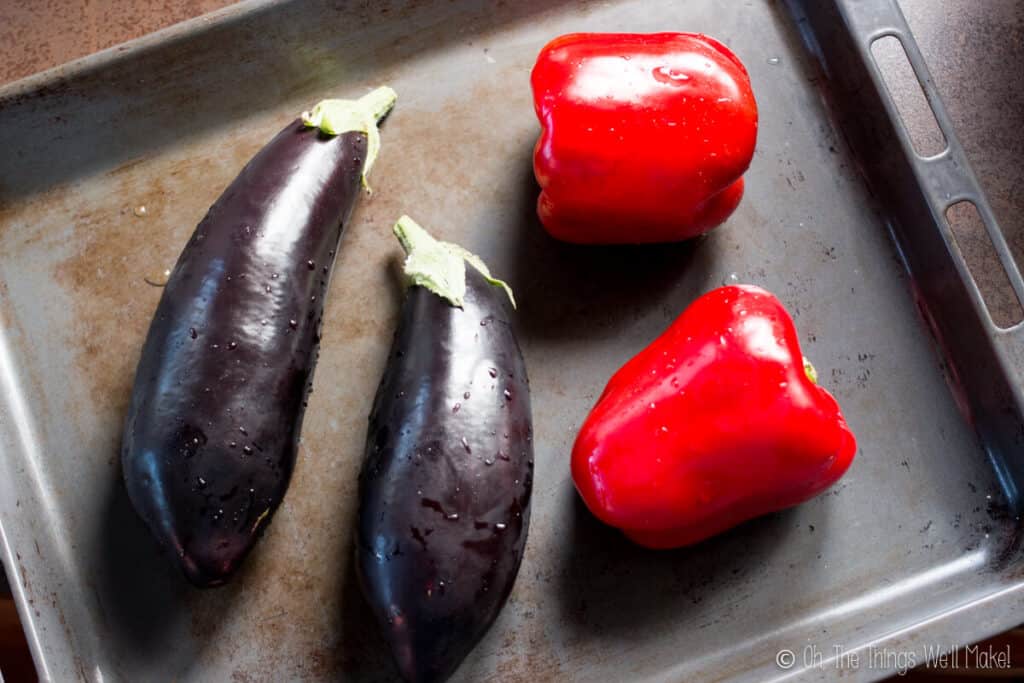
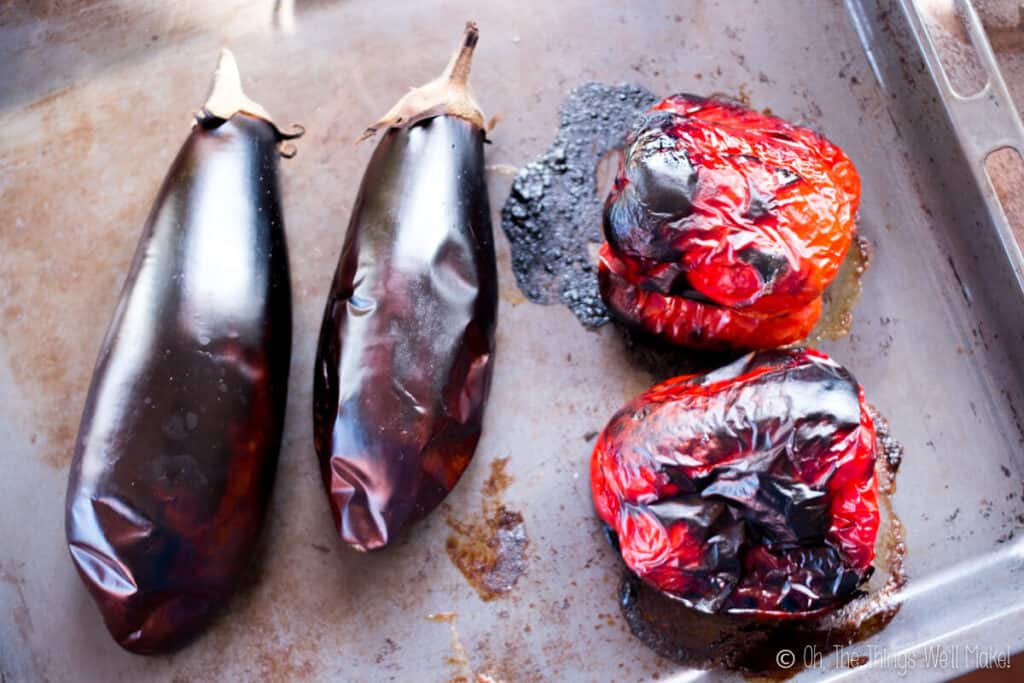
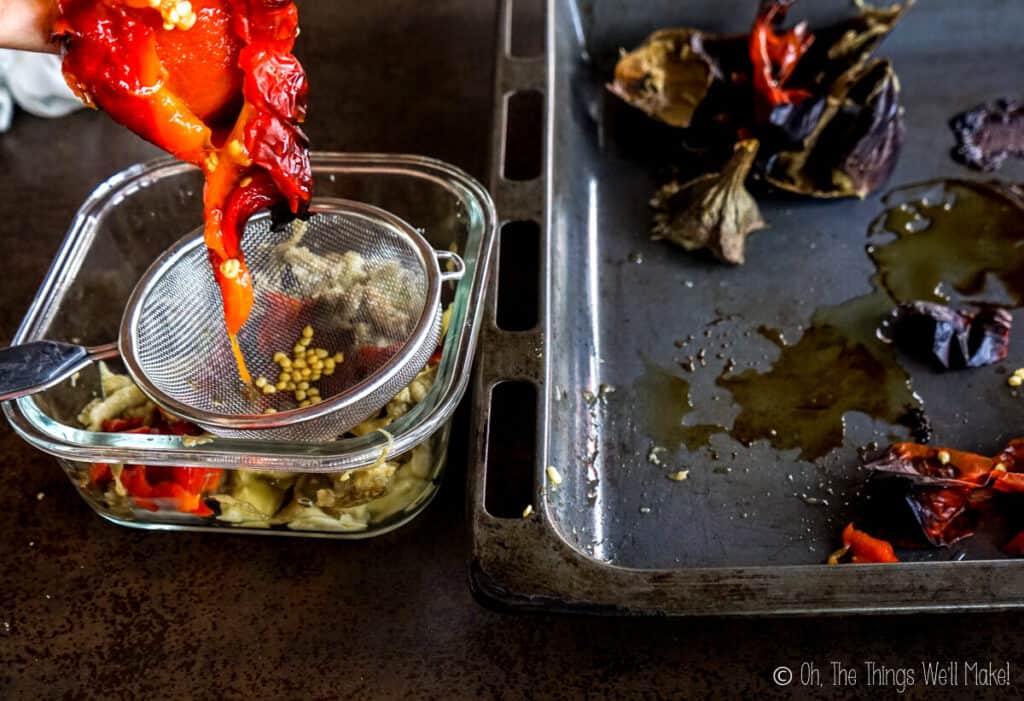
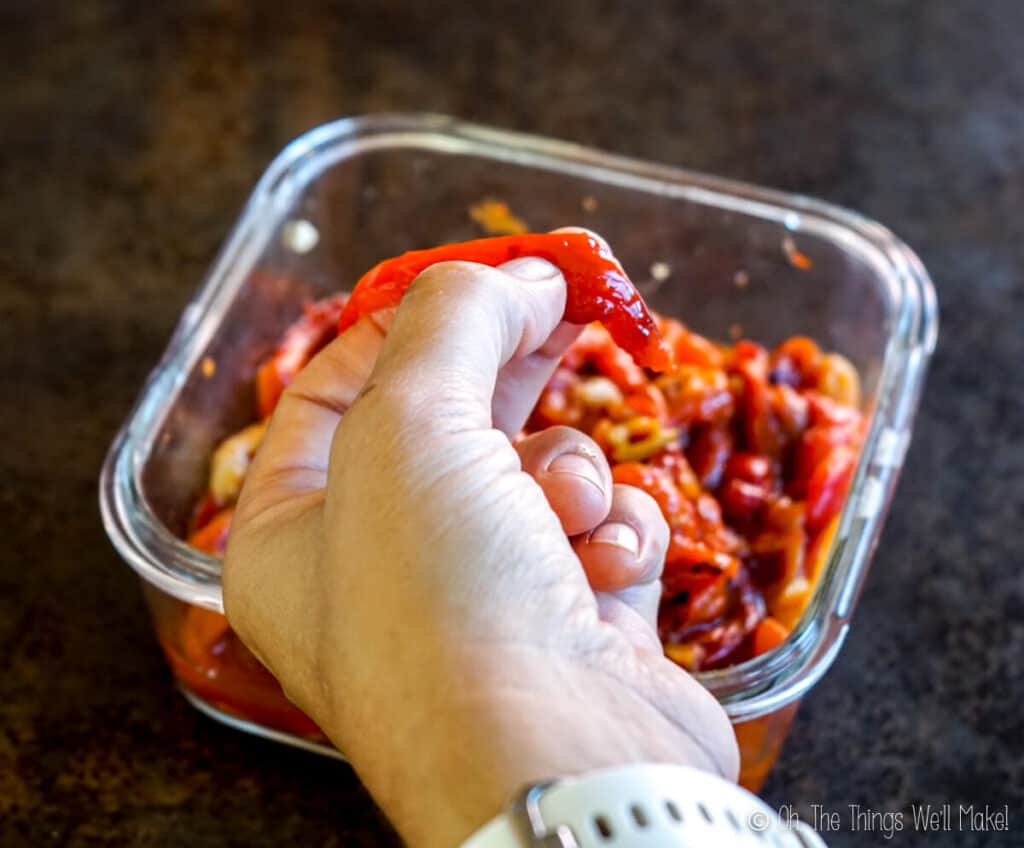
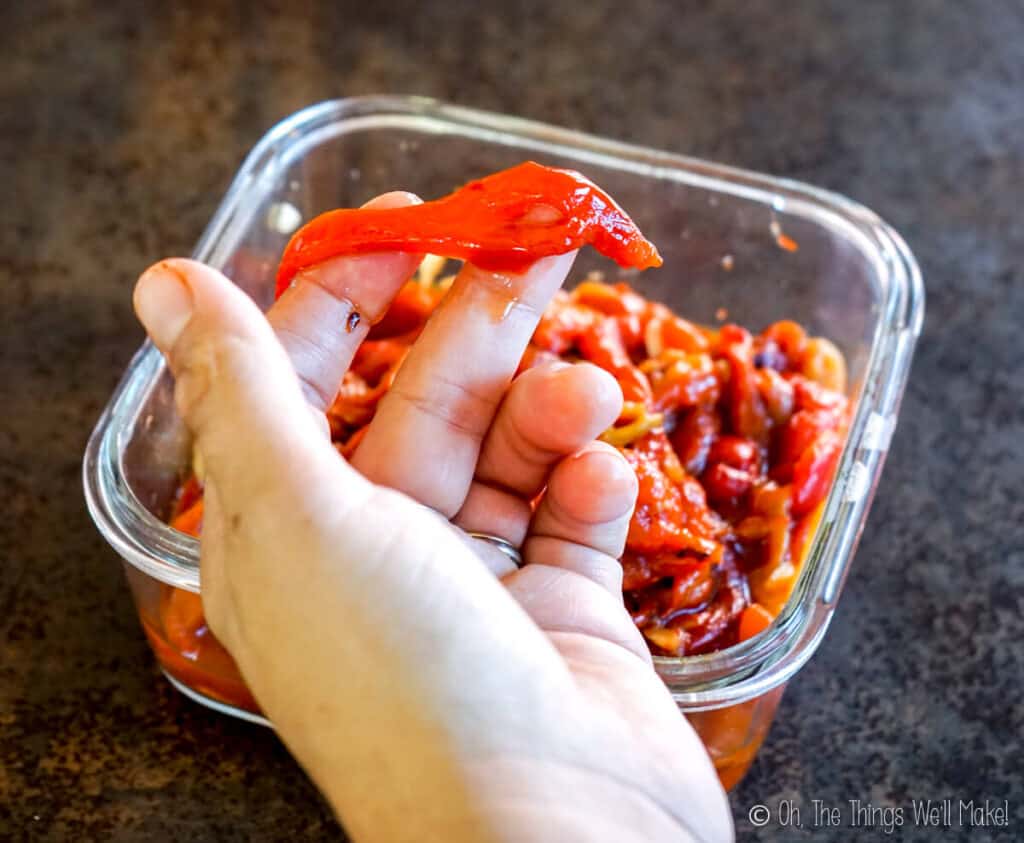
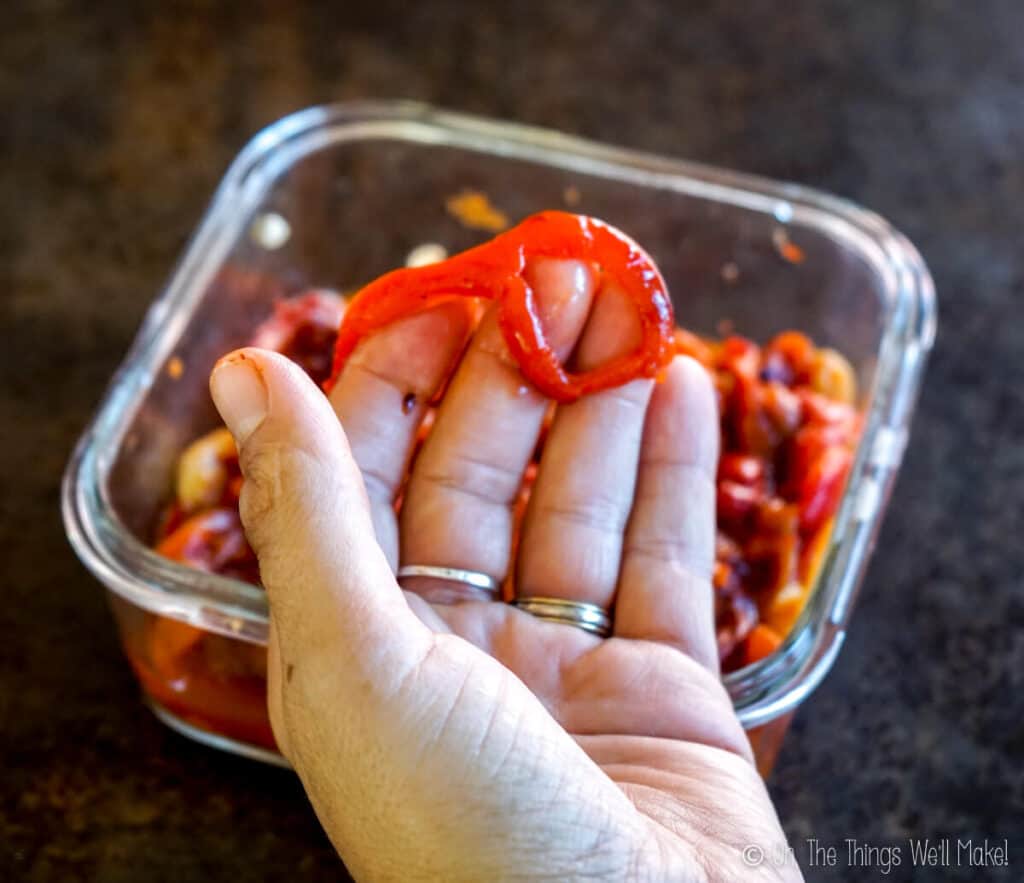
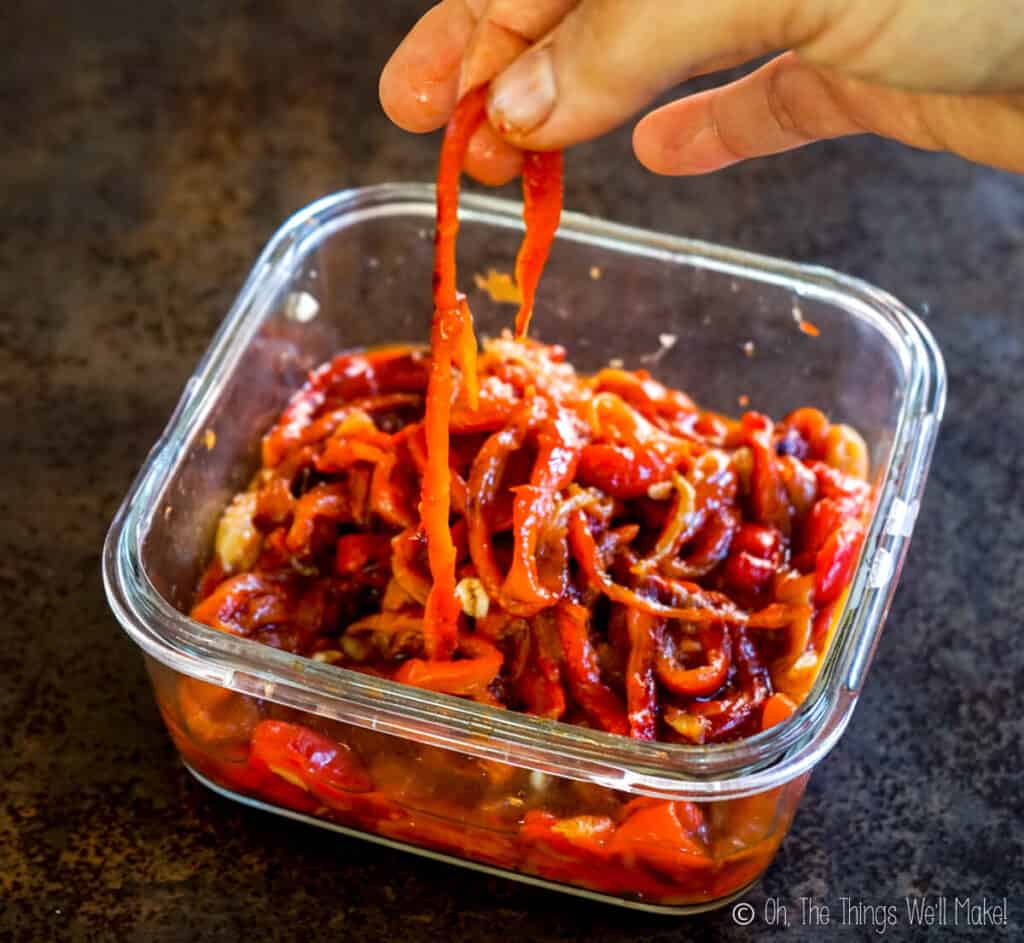
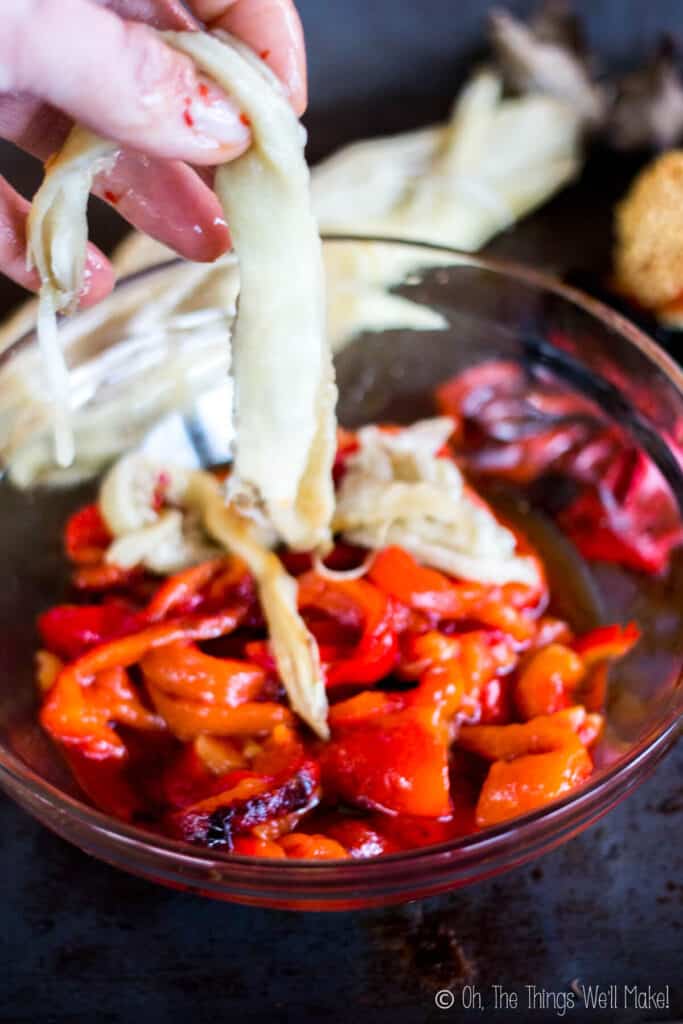
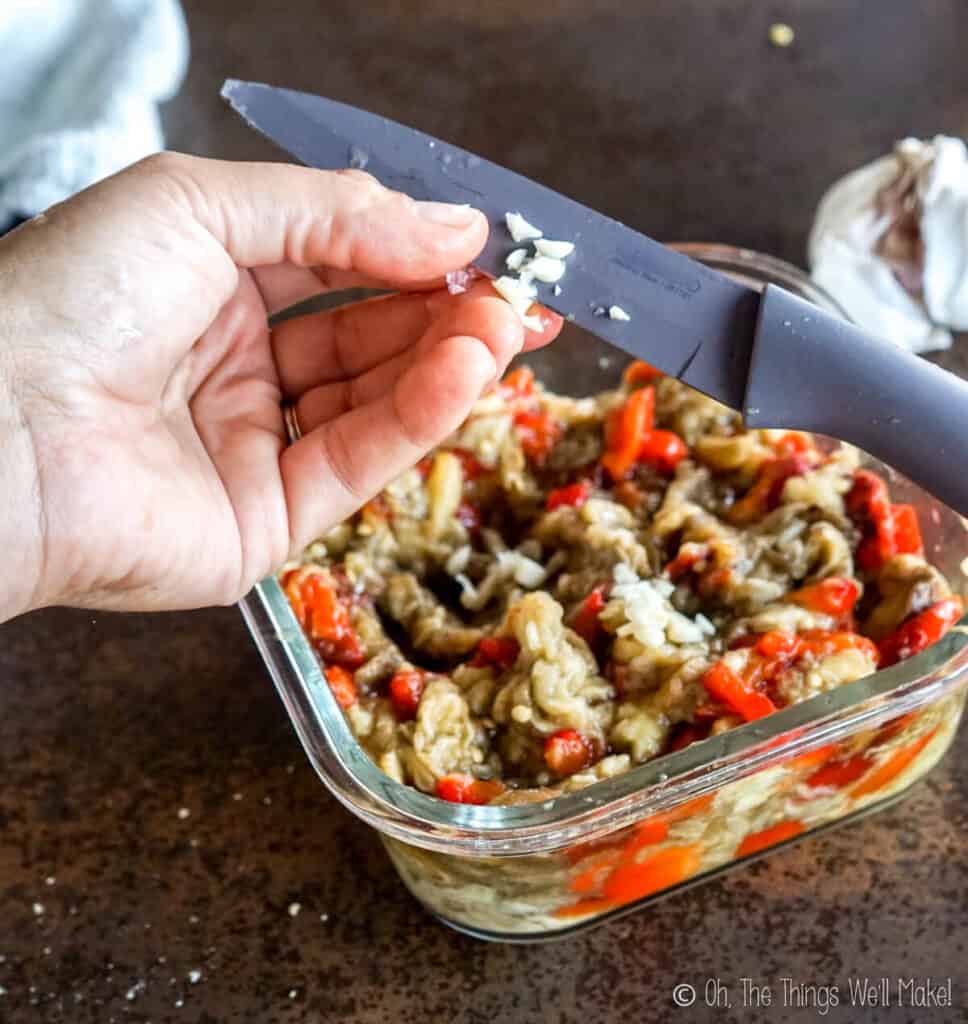
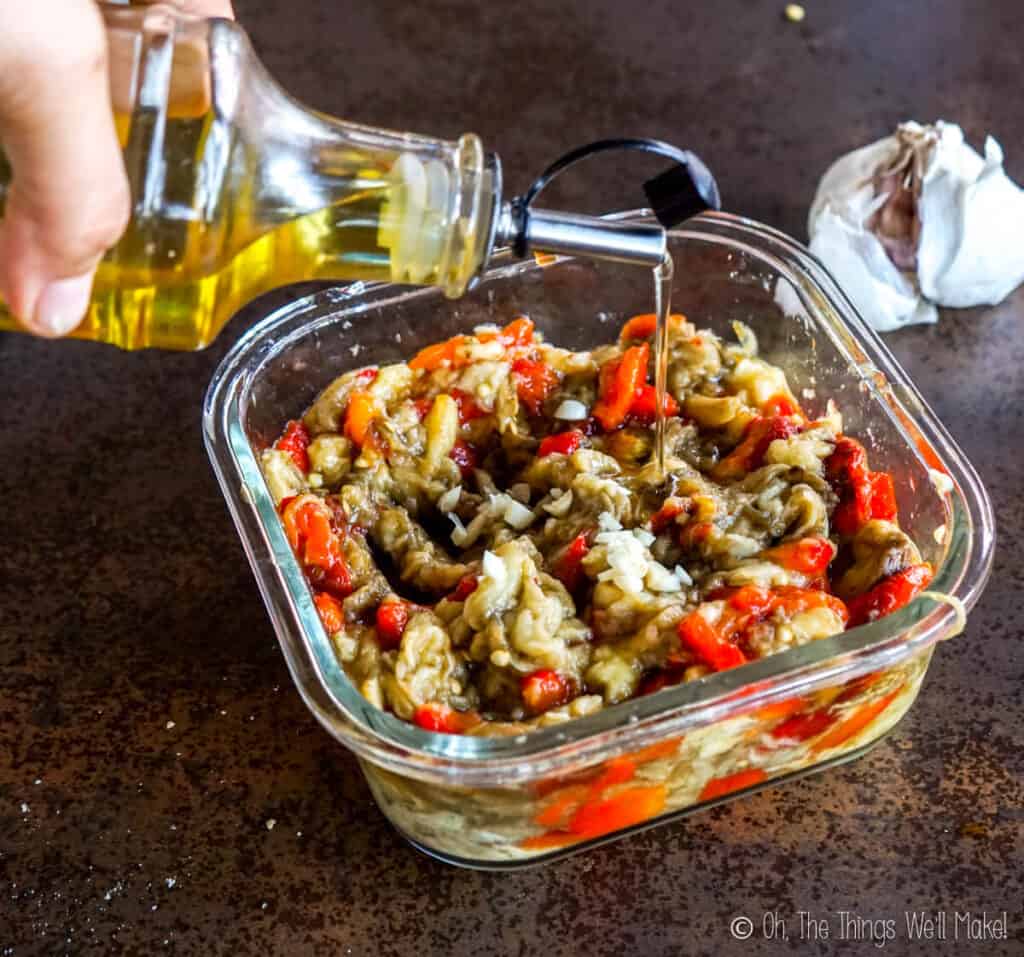
 How to Make Grenadine Syrup from Scratch
How to Make Grenadine Syrup from Scratch
Leave a Reply